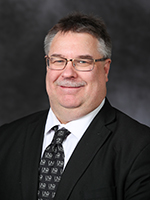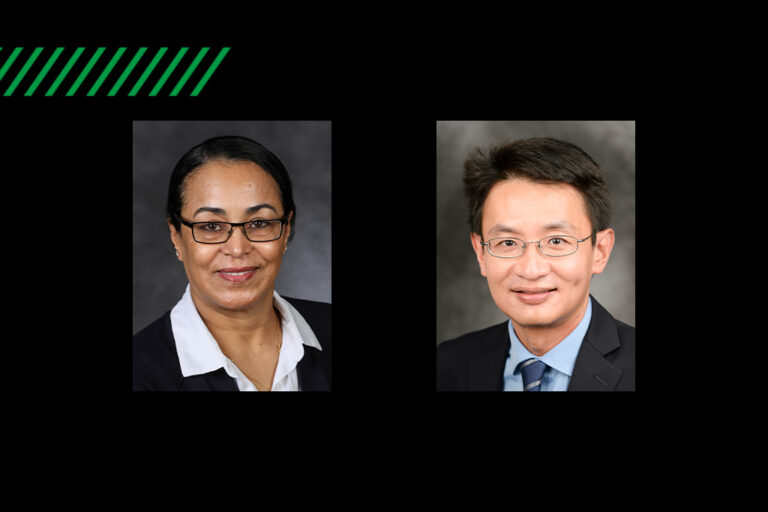UND receives $45,000 NSF grant to measure fog using UAS
NSF RAPID Grant will support fog-measuring efforts in fall and spring around Hector International Airport, Fargo, N.D.
The University of North Dakota has received a $45,000 RAPID Grant from the National Science Foundation to conduct fog measurements.
The grant will support two month-long observational periods near Hector International Airport in Fargo, N.D., to improve the understanding of fog processes and related atmospheric interactions, such as clouds, aerosols and turbulence.
The observations will take place this fall and next spring.
At the NSF, RAPID refers to Grants for Rapid Response Research. RAPID allows funding for research proposals that require urgent access to data, facilities, equipment and quick-response research on natural disasters and similar unanticipated events, the federal agency reports.
Fog is a major nuisance and can be extremely dangerous for land and air travel alike. Reduced visibility caused by fog causes hundreds of millions of dollars in damage annually, including severe road accidents and aviation disasters resulting in loss of life.
“Road accidents and aviation crashes caused by fog remain frequent,” said Marwa Majdi, a postdoctoral researcher in the Department of Atmospheric Sciences. “Around 440 people are killed due to weather-related aviation accidents each year, including accidents affected by low visibility and low cloud layers.
“It is crucial to improve the forecasting of fog and have refined weather products. This is challenging due to the complexity of the processes involved in fog formation, development and dissipation that are not well-represented in the current numerical weather prediction models.”
In order to advance our understanding of fog processes and forecasts, as much data as possible must be collected during fog events. The challenge lies in conducting observations at the right time of day and at the correct location.
UND researchers say the data from the upcoming observational periods should help improve prediction model performance, as well as in establishing a machine learning system – using inexpensive camera surveillance – to determine visibility during fog events. Such a system could provide measurements over a larger area that cannot be gathered with visibility instruments.

David Delene, research professor in the Department of Atmospheric Sciences, said that while it’s not a large project in comparison to other airborne research projects, data from the observations will benefit those larger research efforts.
“It’s a unique opportunity for collaborations with various scientists and companies,” Delene said. “Additionally, we will be using unmanned aircraft systems – a UND focus area – to obtain measurements at the top of the fog layer.”
As UAS usage increases for routine and complex operations, there is a need for high-fidelity weather data and dedicated weather products, Delene added. Operating UAS under fog conditions poses an ever-present challenge and requires accurate prediction of fog events, he said. Therefore, failure to address weather measurement and prediction gaps poses a significant threat to safe, scalable and profitable UAS missions.
Data collected through the NSF RAPID Grant project will strengthen the ties between UND and UAS operators, as accurate and detailed information on current or near-future conditions helps ensure the safe and effective deployment of UAS, Delene said.
About UND: The University of North Dakota is the chief opportunity engine for North Dakota and UND students. Founded in 1883, six years before North Dakota was granted statehood, UND is among the nation’s premier regional public research universities and is at an exciting point in its 136-year history. Classified as a “Doctoral University: Higher Research Activity” institution by the Carnegie Foundation for the Advancement of Teaching, UND is characterized by a solid foundation of the liberal arts, high quality students and faculty, a diverse curriculum, a widely recognized program of graduate education and research, law and medical schools praised for quality and innovation, rich cultural resources, and an outstanding record of alumni support. Its major academic divisions include Arts and Sciences, Aerospace Sciences, Business and Public Administration, Education and Human Development, Engineering and Mines, Nursing and Professional Disciplines, Medicine and Health Sciences, Law, Extended Learning and the School of Graduate Studies. Long a provider of distance education, UND is developing a robust online presence. Learn more at www.und.edu.
–30–

